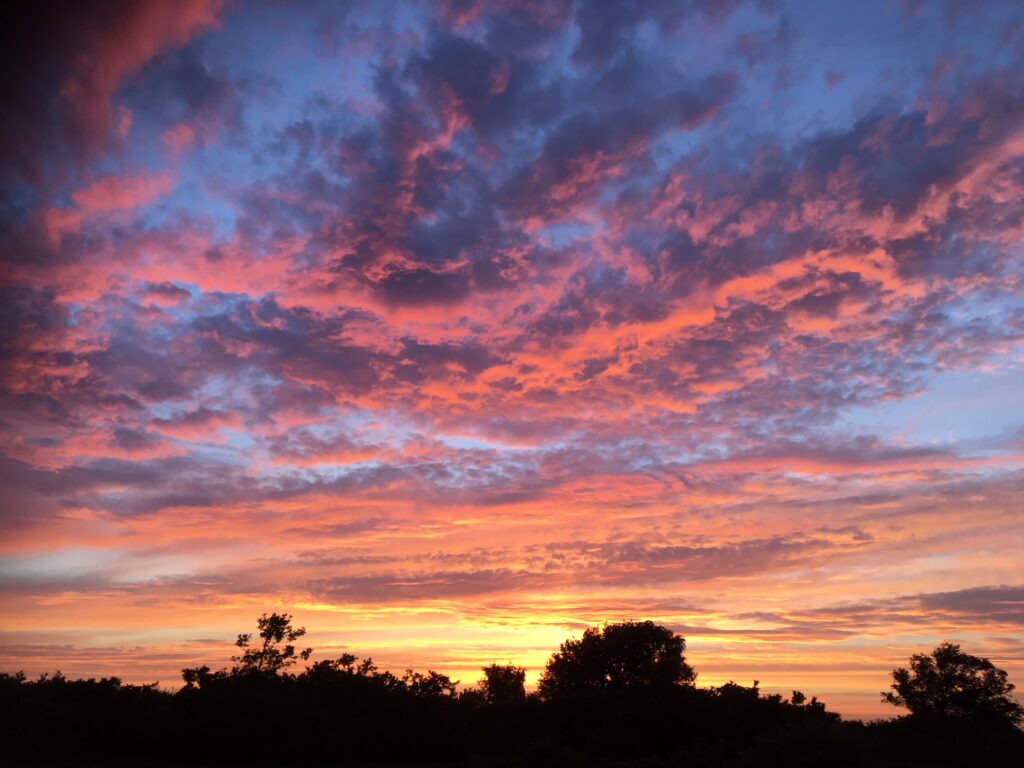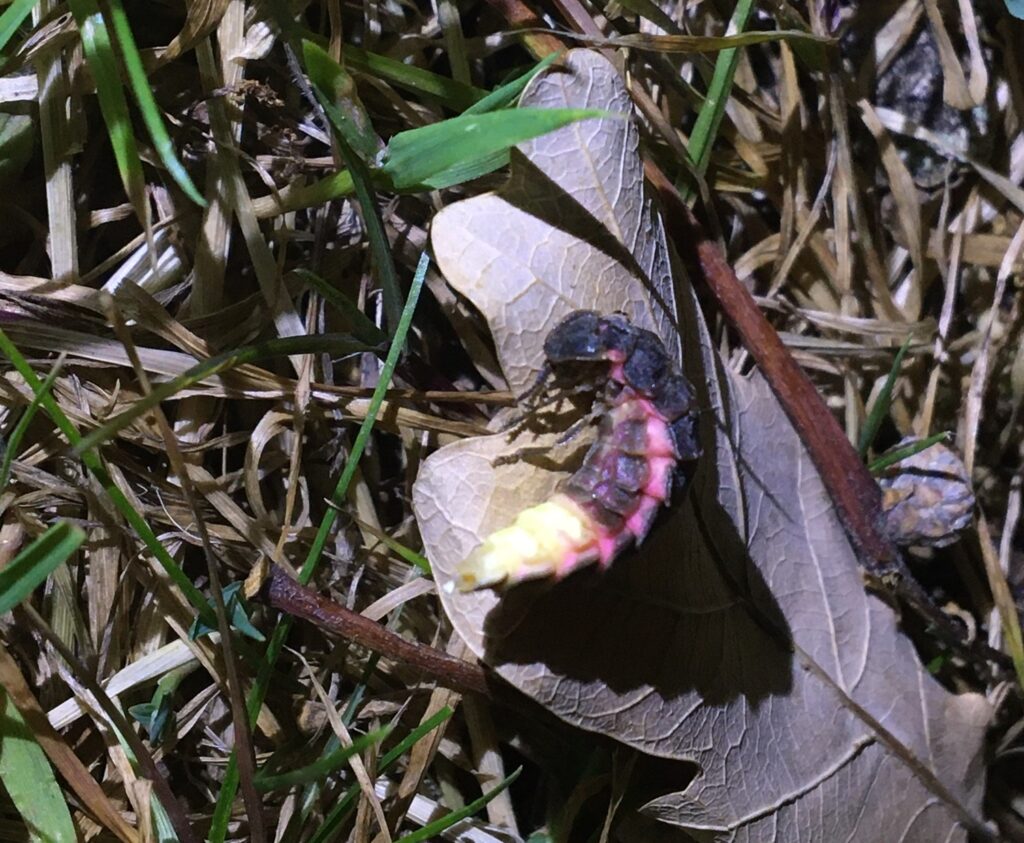
A warm and still summer’s evening during the last hours of daylight is my favourite time to take a stroll. I’m lucky and can step straight out onto the New Forest’s heathlands to enjoy the day’s warmth radiating from the ground and witness the passing of time as the sun sinks below the horizon.
Twilight is that magical ‘in between’ time when the sun’s rays cast a glowing light in the lower atmosphere – a time between sunset and dusk – and sometimes when the cloud layers are just right (particularly higher altocumulus clouds) they can glow dramatically pink, orange and yellow as the sun sets. It’s a time of day when our senses are awakened, so take this invitation to tune in with nature’s rhythms and experience the twilight world of the Forest.
Exotic visitors: My top recommendation is to listen for the unforgettable ‘churring’ call of a male nightjar. Their mesmerizing call, which contains up to 40 notes per second, can be heard several kilometres away across the heathland on a calm, quiet evening. These ground nesting birds are summer visitors from Africa and so this experience must be taken before they leave at the end of August. If you’re lucky, you might see them silhouetted against a sunset sky as they fly in search of insects at dusk.
Fluttering bats: Bats are nocturnal and use echolocation to hunt for insects throughout the night. However, there are a few species that appear just before sunset and can be seen fluttering past. The tiny common pipistrelle has a fast, erratic flight just above head height, whilst the larger noctule bat flies fast and straight above trees in open habitats, so keep your eyes above the horizon. Woodland edges and open heathland are good habitats for bat detecting. If there is fresh water nearby you might see them fly low to drink water or swoop down to feed on emerging insects such as mayfly.

A glow in the dark: Glow worms are a beetle, not a worm. I prefer the name ‘firefly’. The glow comes from the female beetle’s ability to produce a bioluminescent glow in the last two segments of her abdomen. At dusk look along woodland edges amongst low grass for their unmistakable green glow; although tiny it’s incredibly bright! The females turn their bodies so that their ‘lamps’ are visible to males flying overhead. June and July are usually the best months to spot them.
A cacophony of sounds: Humid summer evenings are perfect for stag beetles. As our largest UK beetle, with males growing up to 7cm in length with large antler-shaped mandibles, they are fun to watch. Males fly just before dusk in search of mate between May and August. Listen out for the loud thrumming of their wings – they fly almost upright with their wings behind them – and their clumsy crash landings into hedgerows. Other sounds to listen out for include the rhythmic chirping calls of male crickets. They are largely nocturnal and sing to attract a female. Or maybe you’ll be lucky and hear the noisy snuffling of a hedgehog looking for a tasty beetle on an early evening foray.
So before dusk settles into darkness, do take the opportunity to experience the magic of the twilight hour on a warm summer’s evening and capture your own sensory memories and renewed connections with nature.
